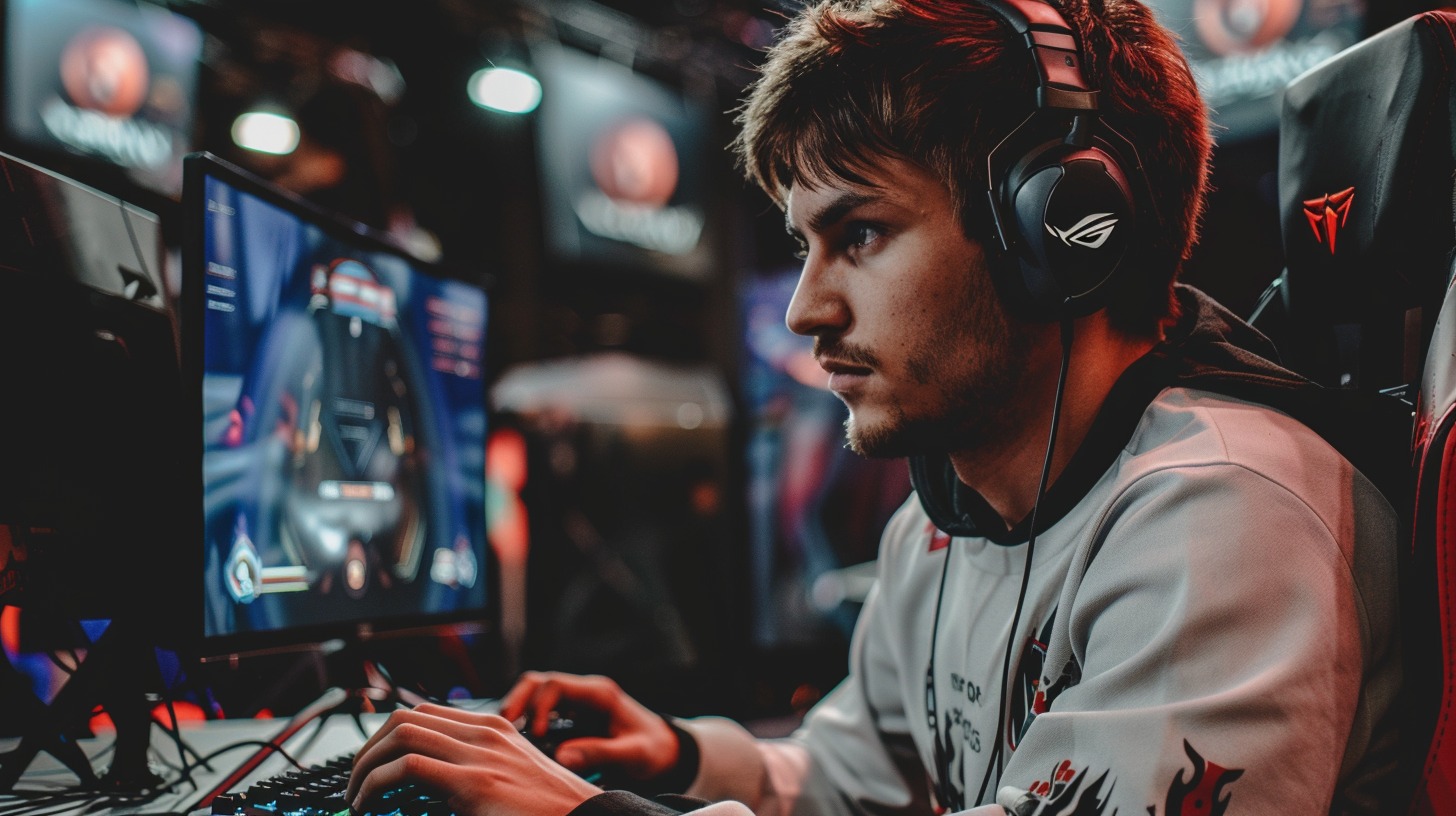It’s commonly believed that increased practice leads to improved performance. However, this isn’t always the case. In this episode, we delve into the relationship between practice hours and performance among (semi-)professional Dota 2 matches esports athletes, debunking the myth that merely playing more will make you better.
Achieving the pinnacle of any discipline requires deliberate practice, and this is particularly true for pro gamers in esports. Those at the top are deeply immersed in their craft, inspiring many young adults to aspire to similar heights. Scientific literature consistently shows that extensive engagement in relevant activities—such as organized training, competition, and practice—is essential for reaching expert performance levels.
Today, we will focus on one of these crucial pillars: practice. By analyzing the practice behaviors of (semi-)professional esports athletes, we aim to offer insights that can help gamers of all levels—from casual to pro—enhance their performance. This knowledge is vital for informing current training practices and developing future, more effective training strategies.
Method
Many studies in gaming and esports are constrained by their limited longitudinal data, often providing only punctual snapshots. However, the study in question examined the quantity and type of practice over a year. The participants, both semi-professional and professional players, competed in Dota 2 daily updates, with the latter group engaging full-time at an international level, including major tournaments and world championships.
The study focused on two primary variables: Total Hours of Practice (THP) and Competitive Hours of Practice (CHP). THP encompasses game-specific practice time aimed at honing individual skills, while CHP refers to practice in a team-based environment.
Results
The initially surprising discovery is that performance, measured by kill/death ratio (KDA), was not correlated with the total amount of practice hours. This is counterintuitive, as one would typically assume that more practice yields better performance. However, this was not the case for the players within the timeframe studied.
This aligns with an earlier discussion (to be elaborated in the Implications section). Similarly, the effect—or lack thereof—of Total Hours Practiced (THP) on performance was mirrored by competitive practice hours. More team training hours did not translate into improved performance.
The second finding revealed that professional players averaged more total practice hours per week (6.6 hours) compared to semi-professionals.
Over a year, this amounted to an average of 318 THP hours for professionals, giving them a 318-hour advantage in team practice over semi-professionals. Professional players also accumulated an additional 4.8 hours of team-based practice per week.

This makes sense. Full-time players can and should devote more time and effort to practice than those who aren’t full-time. The same pattern was observed in the difference in competitive training hours between pros and semi-pros.
Implications
Two commonly overlooked points need addressing. The first is the misconception that more practice always enhances performance. As we’ve seen, this is not necessarily true, and the quality of practice may be more crucial.
Additionally, it’s important to note that significantly improving KDA over a long period is nearly impossible for players or teams at any level. When matched with opponents of similar skill, you’re essentially “trading” equally. Without a skill difference, better KDA is unachievable.
This raises the issue of KDA being a reliable performance measure. Even as you improve, so do your opponents, leading to matches with either better or equally improved players or teams. It’s a zero-sum game. This suggests that KDA is a poor indicator of long-term improvement. At the highest play levels, how much room is there to enhance performance metrics? There is an upper limit, or “performance ceiling.”
We’ve established that more practice doesn’t necessarily boost performance. The question then becomes, is there a better way to utilize practice time? I argue yes!
We’ve observed that factors improving mental and physical health (sleep, physical exercise, etc.) gain importance as in-game skills are mastered. At a certain point, playing one more game offers minimal benefit—this is called diminishing returns.
Instead of hitting “Play,” players might benefit more from breaks, relaxation, exercise, cooking a proper meal, or going to bed earlier. Indeed, teams recognize this. They understand that their players possess the necessary skills, but fostering better habits and self-care maximizes performance. It’s about optimizing the mind and body to function at their best.
